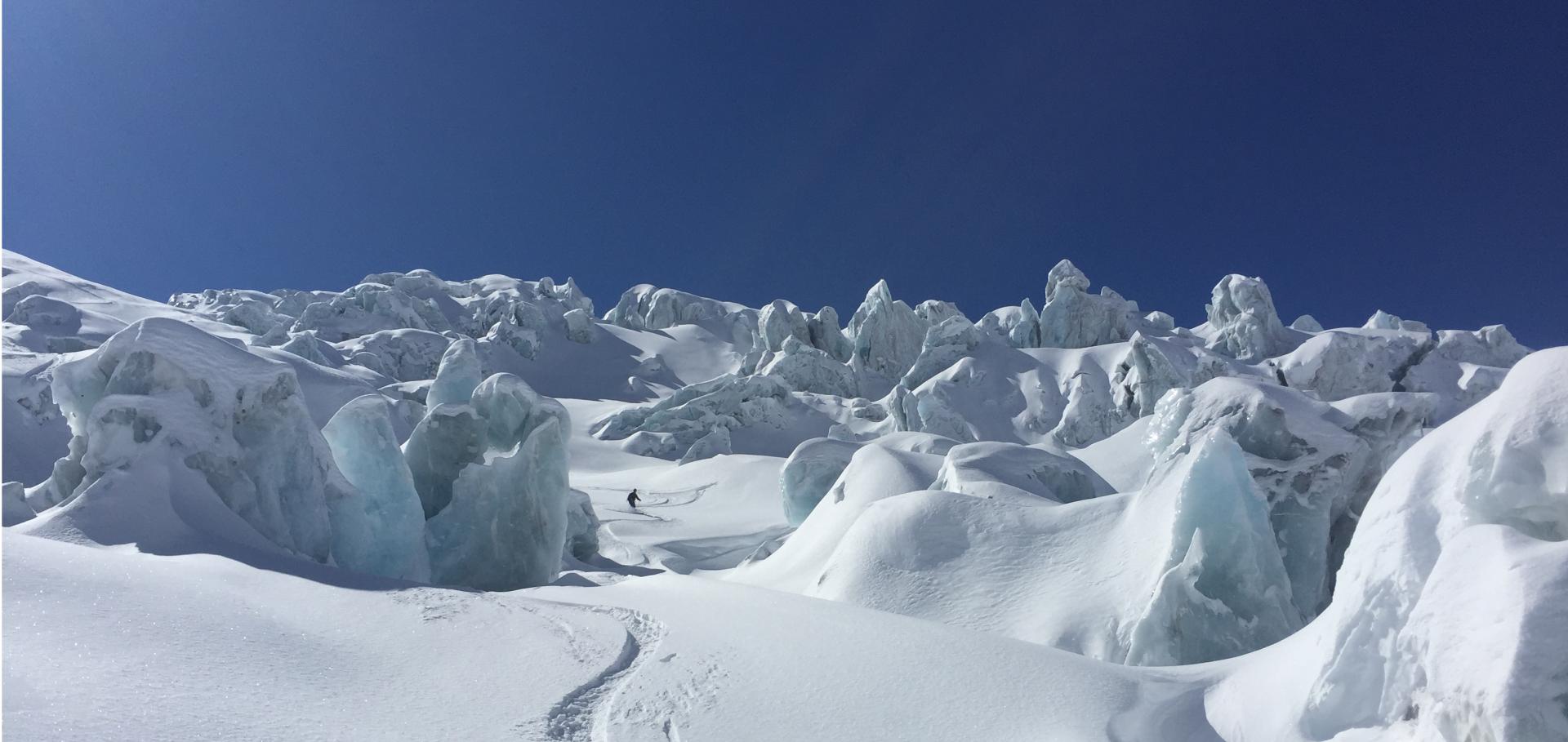Director fluctuations in a nematic liquid crystal probed using ALC spectroscopy
PHYSICA B 289 (2000) 612-615
Abstract:
We have investigated the molecular dynamics in the nematic liquid crystal 5CB using the ALC mu SR technique. Our measurements are consistent with a change in the amplitude of director fluctuations at the nematic-isotropic transition and we develop a model to describe this. (C) 2000 Elsevier Science B.V. All rights reserved.Fermi surface spectroscopy: a magnetic resonance approach
PHYSICA B 280:1-4 (2000) 281-282
Abstract:
We describe recently-developed GHz magneto-optical techniques which measure the Fermi-surface topologies and superconducting order parameter symmetry in organic molecular metals. (C) 2000 Elsevier Science B.V. All rights reserved.Observation of the Fulde-Ferrell-Larkin-Ovchinnikov state in the quasi-two-dimensional organic superconductor k-(BEDT-TTF)2Cu(NCS)2 (BEDT-TTF bis(ethylene-dithio)tetrathiafulvalene)
JOURNAL OF PHYSICS-CONDENSED MATTER 12:40 (2000) L641-L648
Angle dependence of the upper critical field in the layered organic superconductor κ-(BEDT-TTF)2 Cu(NCS)2 (BEDT-TTF ≡ bis(ethylene-dithio)tetrathiafulvalene)
Journal of Physics Condensed Matter 11:43 (1999)
Abstract:
We have performed detailed studies of the angle- and temperature-dependent resistive upper critical fields in the layered organic superconductor κ-(BEDT-TTF)2Cu(NCS)2. With the magnetic field lying in the conducting planes, our measurements show an upper critical field which comfortably exceeds the Pauli-paramagnetic limit in this material. We find no azimuthal angle dependence of the critical field, in spite of recent evidence that this material has gap nodes characteristic of d-wave superconductivity. We propose that the large critical fields may be due to a Fulde-Ferrell-Larkin-Ovchinnikov state which can exist in exactly in-plane fields because of the nature of the Fermi surface of κ-(BEDT-TTF)2Cu(NCS)2. © 1999 IOP Publishing Ltd.ESR investigation of the low temperature state in alpha-(BEDT-TTF)(2)KHg(SCN)(4)
SYNTHETIC MET 103:1-3 (1999) 1949-1950


